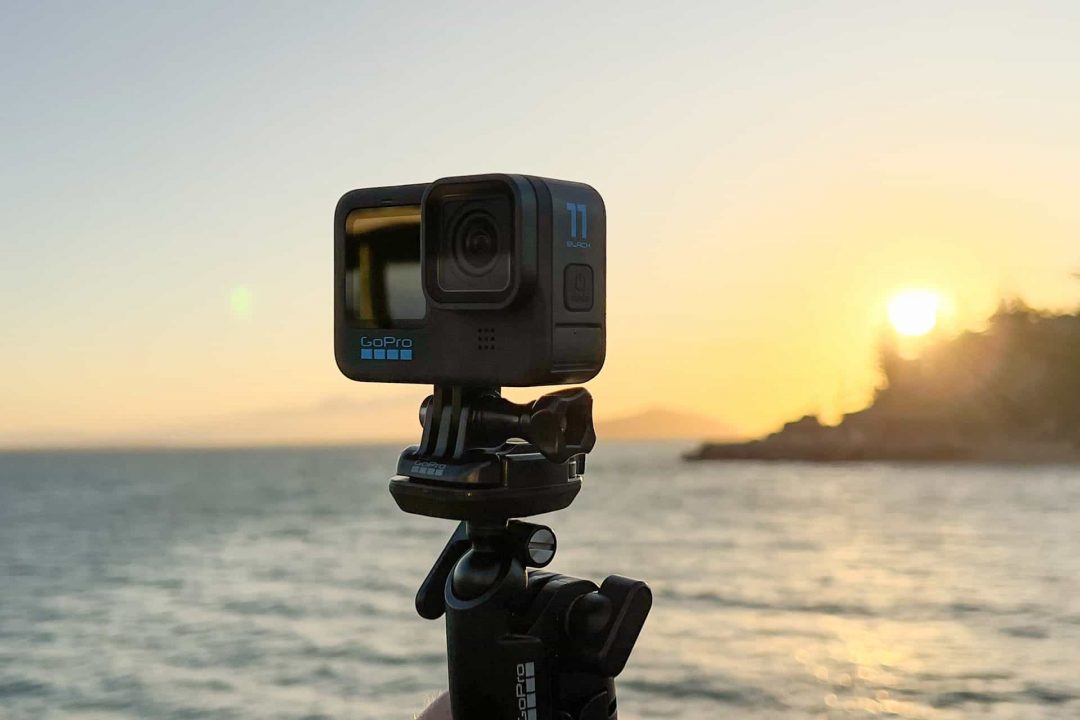“The Ultimate Guide to Travel Camera Settings: Capture the World in All Its Glory
Related Articles The Ultimate Guide to Travel Camera Settings: Capture the World in All Its Glory
- GoPro Video Editing On The Go: Building The Ultimate Travel Setup
- Beginner’s Guide To Travel Time-Lapse Photography
- DSLR Video Editing Travel Checklist
- Beginner-Friendly Travel Videography Editing Apps: Tell Your Story On The Go
- GoPro Travel For Beginners: Capture Your Adventures Like A Pro
Introduction
On this special occasion, we’re delighted to explore an engaging topic: The Ultimate Guide to Travel Camera Settings: Capture the World in All Its Glory. Let’s embark on this journey insights that inform, inspire, and open new perspectives for our readers.
Table of Content
The Ultimate Guide to Travel Camera Settings: Capture the World in All Its Glory

Travel photography is a passion for many. It’s about more than just snapping pictures; it’s about capturing the essence of a place, preserving memories, and sharing the beauty of the world with others. Whether you’re a seasoned photographer or just starting out, understanding the right camera settings can make all the difference between a mediocre snapshot and a breathtaking image.
This guide will walk you through the essential camera settings for travel photography, providing practical tips and examples to help you master your camera and capture stunning photos on your next adventure.
1. Understanding the Exposure Triangle: The Foundation of Photography
Before diving into specific settings, it’s crucial to understand the exposure triangle: the relationship between aperture, shutter speed, and ISO. These three elements work together to determine how bright or dark your image will be.
-
Aperture: The aperture is the opening in your lens that allows light to pass through to the camera sensor. It’s measured in f-stops (e.g., f/2.8, f/8, f/16). A wider aperture (smaller f-number like f/2.8) lets in more light, creating a shallow depth of field (blurred background). A narrower aperture (larger f-number like f/16) lets in less light and increases the depth of field (everything in focus).
-
Shutter Speed: Shutter speed is the amount of time the camera’s shutter stays open, exposing the sensor to light. It’s measured in seconds or fractions of a second (e.g., 1/1000s, 1/60s, 1s). A faster shutter speed freezes motion, while a slower shutter speed allows for motion blur.
-
ISO: ISO measures the sensitivity of your camera’s sensor to light. A lower ISO (e.g., ISO 100) produces cleaner images but requires more light. A higher ISO (e.g., ISO 3200) is useful in low-light situations but can introduce noise (grain) into your images.
2. Essential Camera Settings for Travel Photography
Here’s a breakdown of the most important camera settings for various travel photography scenarios:
A. Shooting Modes:
-
Aperture Priority (Av or A): This mode allows you to control the aperture while the camera automatically adjusts the shutter speed to achieve proper exposure. It’s ideal for controlling depth of field, such as creating a blurred background for portraits or ensuring everything is in focus for landscapes.
- Example: When photographing a flower with a blurred background, set a wide aperture like f/2.8 or f/4. The camera will automatically adjust the shutter speed to ensure the flower is properly exposed.
-
Shutter Priority (Tv or S): This mode allows you to control the shutter speed while the camera automatically adjusts the aperture. It’s perfect for capturing motion, such as freezing a bird in flight or creating motion blur in a waterfall.
- Example: When photographing a waterfall, set a slow shutter speed like 1/2 second or longer to create a silky smooth effect. The camera will automatically adjust the aperture to ensure proper exposure.
-
Manual Mode (M): Manual mode gives you complete control over both aperture and shutter speed. It’s the most versatile mode but requires a good understanding of the exposure triangle.
- Example: When shooting astrophotography, you’ll need to use manual mode to set a wide aperture (e.g., f/2.8), a slow shutter speed (e.g., 20 seconds), and a high ISO (e.g., ISO 3200) to capture the faint light from the stars.
-
Program Mode (P): The camera selects the aperture and shutter speed, but you can adjust other settings like ISO and white balance.
-
Auto Mode: The camera makes all the decisions for you. It’s convenient but offers little control over the final image.
B. ISO Settings:
- Base ISO: Use the lowest ISO possible (usually ISO 100) to minimize noise and maximize image quality.
- Low-Light Situations: Increase the ISO as needed to maintain a fast enough shutter speed to avoid blur. Be mindful of noise levels and try to keep the ISO as low as possible.
- Tip: Experiment with your camera to determine the highest ISO you can use before noise becomes unacceptable.
C. White Balance:
- Auto White Balance (AWB): AWB works well in most situations, but it can sometimes produce inaccurate colors, especially in mixed lighting conditions.
- Preset White Balance: Use preset white balance settings (e.g., Daylight, Cloudy, Shade, Tungsten, Fluorescent) to match the lighting conditions.
- Custom White Balance: For the most accurate colors, use a gray card or white object to set a custom white balance.
D. Focus Modes:
- Single-Area Autofocus (AF-S or One-Shot AF): Use this mode for stationary subjects. The camera focuses once when you press the shutter button halfway.
- Continuous Autofocus (AF-C or AI Servo AF): Use this mode for moving subjects. The camera continuously adjusts focus as the subject moves.
- Manual Focus (MF): Use manual focus for precise control, especially in low-light situations or when autofocus is struggling.
E. Metering Modes:
- Evaluative/Matrix Metering: The camera evaluates the entire scene and calculates the exposure based on the average brightness. It’s a good general-purpose metering mode.
- Center-Weighted Metering: The camera gives more weight to the center of the frame when calculating the exposure. It’s useful for portraits and subjects in the center of the frame.
- Spot Metering: The camera meters a very small area of the frame (usually the center). It’s useful for tricky lighting situations where you need to expose for a specific part of the scene.
F. File Format:
- JPEG: JPEG is a compressed file format that’s easy to share and store. However, it sacrifices some image quality.
- RAW: RAW is an uncompressed file format that retains all the data captured by the camera sensor. It provides the most flexibility for editing but requires more storage space.
3. Specific Scenarios and Settings Recommendations
Here are some common travel photography scenarios and recommended camera settings:
-
Landscapes:
- Aperture: f/8 to f/16 for maximum depth of field
- Shutter Speed: Adjust to achieve proper exposure (use a tripod for slow shutter speeds)
- ISO: Base ISO (usually ISO 100)
- Focus Mode: Single-Area Autofocus (AF-S)
- Metering Mode: Evaluative/Matrix Metering
-
Portraits:
- Aperture: f/2.8 to f/5.6 for a shallow depth of field
- Shutter Speed: Fast enough to avoid motion blur (at least 1/100s)
- ISO: Adjust as needed to achieve proper exposure
- Focus Mode: Single-Area Autofocus (AF-S) or Eye-Detection AF
- Metering Mode: Center-Weighted Metering or Spot Metering
-
Street Photography:
- Aperture: f/5.6 to f/8 for a good balance of depth of field and sharpness
- Shutter Speed: Fast enough to freeze motion (at least 1/250s)
- ISO: Adjust as needed to achieve proper exposure
- Focus Mode: Continuous Autofocus (AF-C) for capturing candid moments
- Metering Mode: Evaluative/Matrix Metering
-
Architecture:
- Aperture: f/8 to f/16 for maximum sharpness and depth of field
- Shutter Speed: Adjust to achieve proper exposure (use a tripod for low-light)
- ISO: Base ISO (usually ISO 100)
- Focus Mode: Single-Area Autofocus (AF-S)
- Metering Mode: Evaluative/Matrix Metering
-
Wildlife:
- Aperture: As wide as possible (e.g., f/2.8 or f/4) for a shallow depth of field
- Shutter Speed: Fast enough to freeze motion (at least 1/500s or faster)
- ISO: Adjust as needed to achieve proper exposure
- Focus Mode: Continuous Autofocus (AF-C)
- Metering Mode: Spot Metering
-
Night Photography:
- Aperture: As wide as possible (e.g., f/2.8 or f/4) to let in more light
- Shutter Speed: Slow (e.g., 1 second to 30 seconds) to capture enough light
- ISO: High (e.g., ISO 1600 to ISO 6400) to increase sensitivity
- Focus Mode: Manual Focus (MF)
- Metering Mode: Evaluative/Matrix Metering
4. Tips for Improving Your Travel Photography
- Learn Your Camera: Take the time to understand all the features and settings of your camera.
- Practice Regularly: The more you practice, the more comfortable you’ll become with your camera and settings.
- Shoot in RAW: RAW files provide the most flexibility for editing and allow you to recover details in highlights and shadows.
- Use a Tripod: A tripod is essential for landscape photography, night photography, and any situation where you need to use a slow shutter speed.
- Compose Carefully: Pay attention to composition techniques like the rule of thirds, leading lines, and symmetry.
- Edit Your Photos: Editing can enhance your photos and correct any imperfections.
- Experiment: Don’t be afraid to try new things and experiment with different settings.
- Tell a Story: Think about the story you want to tell with your photos and use your settings and composition to convey that story.
- Consider investing in lenses: A good lens can make a huge difference in image quality and creative options.
- Protect your equipment: Use a good camera bag and consider insurance.
5. Final Thoughts
Mastering camera settings is a journey, not a destination. The more you practice and experiment, the better you’ll become at capturing stunning travel photos. Don’t be afraid to make mistakes and learn from them. The most important thing is to have fun and enjoy the process of capturing the beauty of the world around you.




